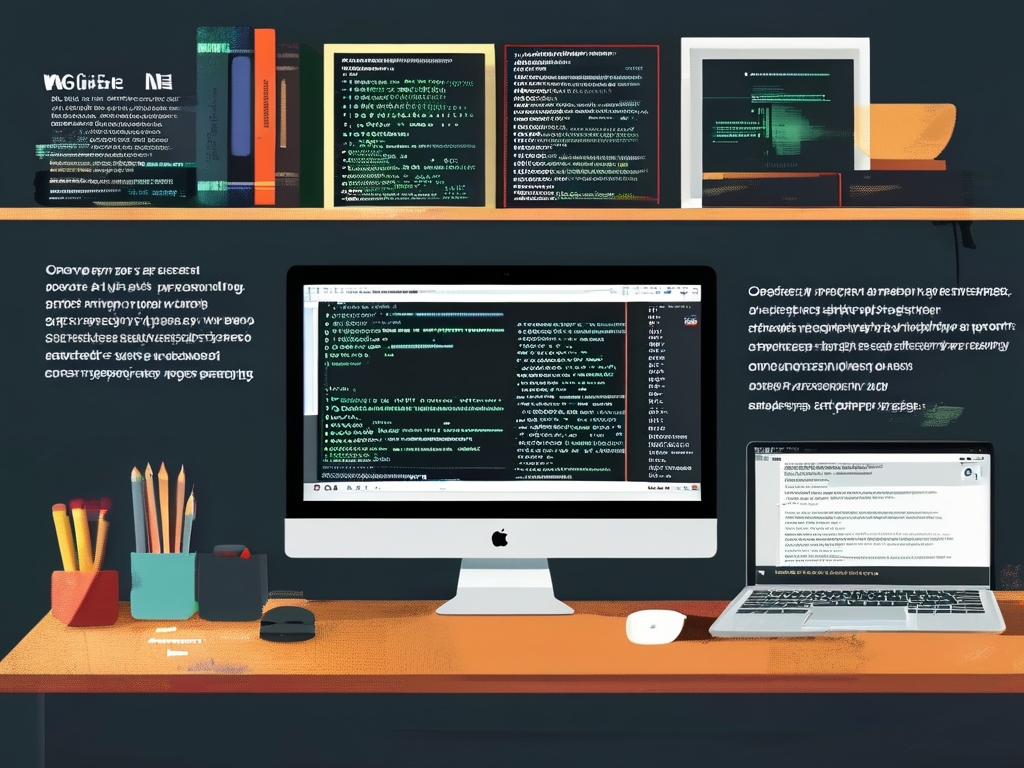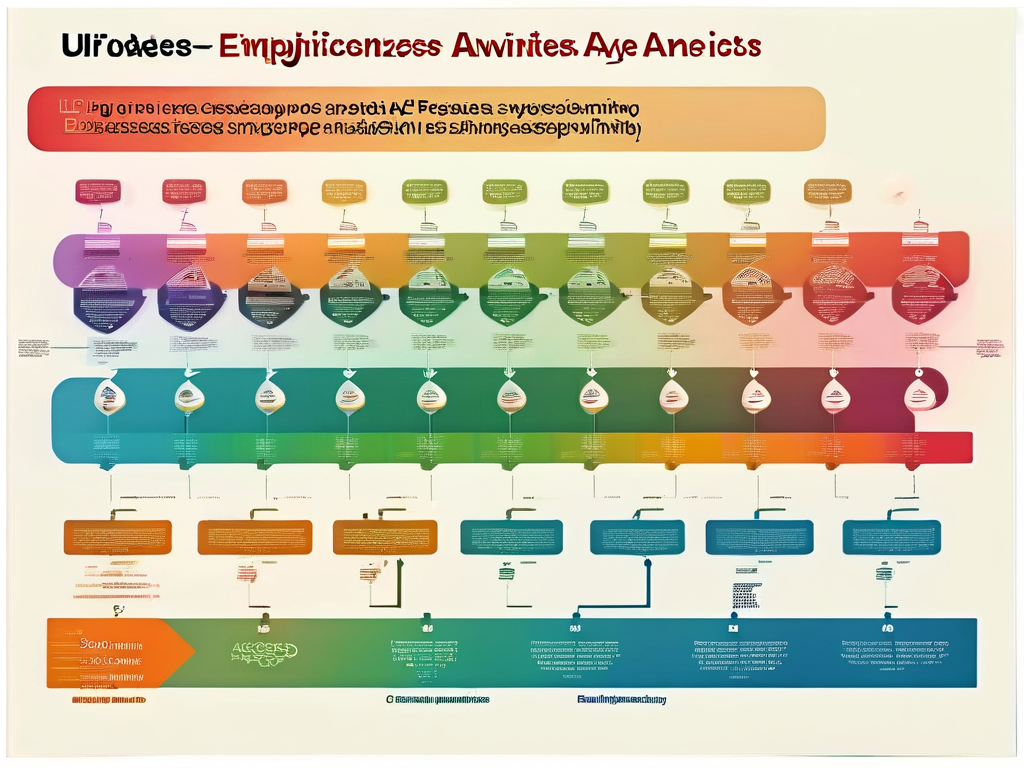Compiled programming languages have been the backbone of software development for decades, powering everything from operating systems to high-performance applications. Unlike interpreted languages, which execute code line-by-line, compiled languages rely on a multi-stage process to transform human-readable source code into machine-executable binaries. This article explores the fundamental principles behind how compiled languages operate, focusing on the compilation process, runtime execution, and performance implications.
1. The Compilation Process
The journey of a compiled program begins with the source code, written in a high-level language like C, C++, or Rust. The compiler, a specialized software tool, translates this code into machine-readable instructions through several phases:
- Lexical Analysis: The compiler scans the source code to identify tokens such as keywords, variables, and operators.
- Syntax Analysis: Tokens are organized into an Abstract Syntax Tree (AST) based on grammatical rules.
- Semantic Analysis: The compiler checks for logical errors, such as type mismatches or undefined variables.
- Intermediate Code Generation: A platform-independent representation (e.g., bytecode or LLVM IR) is created for optimization.
- Optimization: The intermediate code is refined to improve efficiency (e.g., removing redundant calculations).
- Code Generation: The compiler produces machine-specific binary code (e.g., x86 or ARM assembly).
This entire process results in an executable file (e.g., .exe on Windows or .out on Unix-like systems), which is ready to be loaded into memory and executed.

2. Linking and Static vs. Dynamic Libraries
Before execution, compiled programs often require linking, a process that resolves dependencies between code modules and external libraries. There are two types of linking:
- Static Linking: Libraries are embedded directly into the executable, increasing file size but ensuring portability.
- Dynamic Linking: Libraries are loaded at runtime, reducing executable size but requiring the target system to have compatible library versions.
3. Runtime Execution
When the executable is launched, the operating system allocates memory and loads the binary into RAM. The Central Processing Unit (CPU) fetches and executes instructions sequentially. Key runtime components include:
- Text Segment: Stores the compiled machine code.
- Data Segment: Holds global and static variables.
- Stack: Manages function calls and local variables.
- Heap: Dynamically allocated memory for objects.
During execution, the CPU's instruction pointer tracks the next command to execute, while registers temporarily store data for arithmetic or logical operations.
4. Advantages of Compiled Languages
- Performance: Compiled code runs directly on hardware, bypassing the overhead of interpretation.
- Optimization: Compilers apply advanced optimizations (e.g., loop unrolling, inlining) during code generation.
- Security: Binaries hide source code, making reverse engineering harder.
5. Challenges and Trade-offs
- Platform Dependency: Binaries are tied to specific architectures (e.g., Windows vs. Linux).
- Longer Development Cycles: Compilation adds a step between writing and testing code.
- Memory Management: Languages like C++ require manual memory allocation, increasing complexity.
6. Compiled vs. Interpreted Languages
Interpreted languages (e.g., Python, JavaScript) execute code line-by-line using an interpreter, enabling cross-platform compatibility and rapid prototyping. However, they generally lag in performance compared to compiled languages. Hybrid approaches, such as Just-In-Time (JIT) compilation (used in Java or C#), blend both strategies by compiling bytecode to machine code at runtime.
7. Real-World Applications
Compiled languages dominate performance-critical domains:
- Operating Systems: Linux (C), Windows (C++).
- Game Engines: Unreal Engine (C++).
- Embedded Systems: Firmware for IoT devices (C, Rust).
8. The Future of Compilation
Modern compilers (e.g., GCC, Clang, Rustc) continue to evolve, integrating features like incremental compilation and cross-language interoperability. Emerging languages like Zig focus on compile-time execution, enabling metaprogramming without runtime overhead.

Understanding how compiled languages work provides insight into the balance between performance, portability, and development efficiency. While the compilation process introduces complexity, it remains indispensable for building robust, high-speed software. As hardware evolves, so too will compilation techniques, ensuring compiled languages remain relevant in an era of heterogeneous computing.



